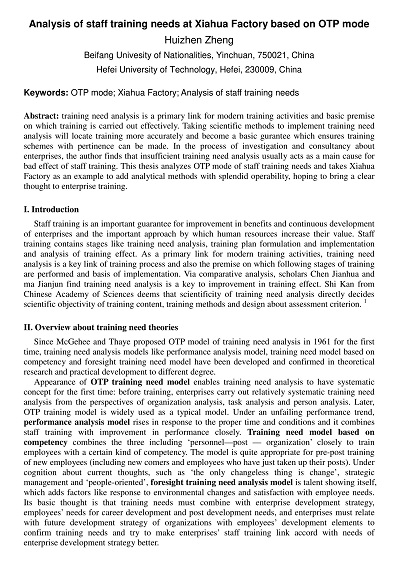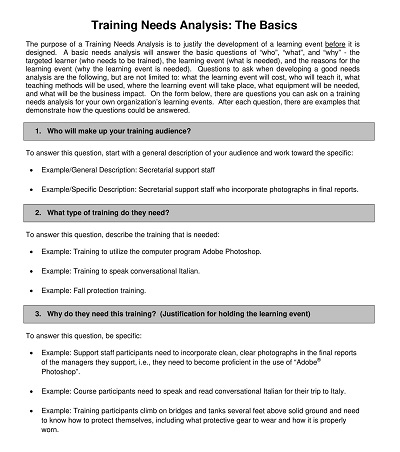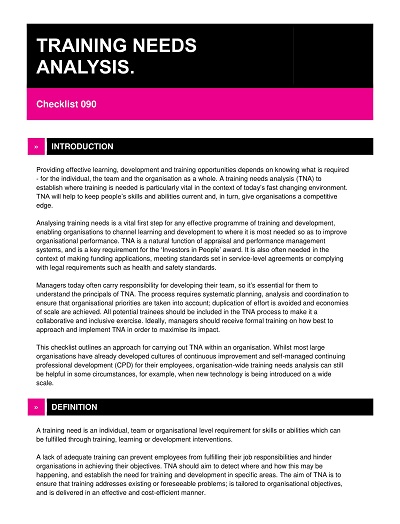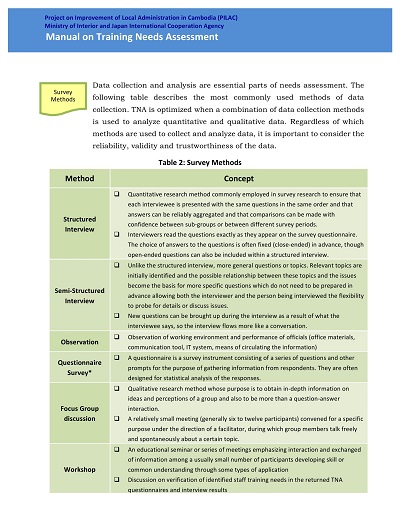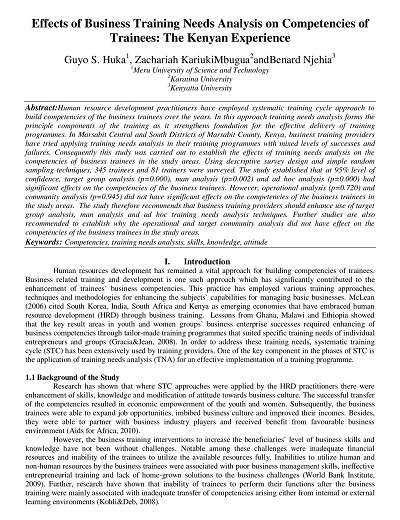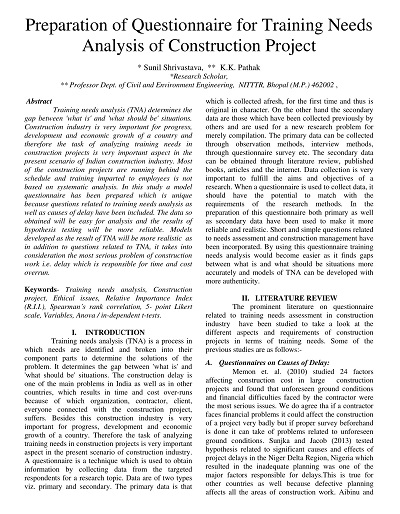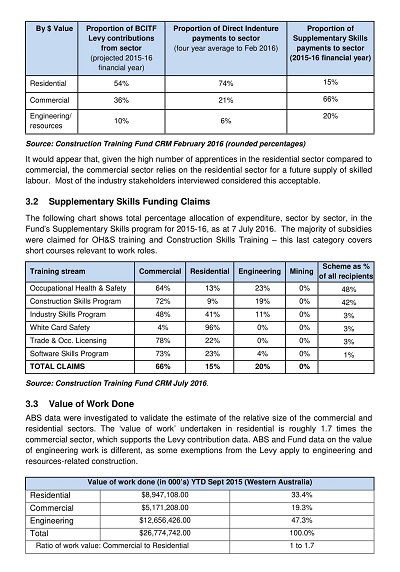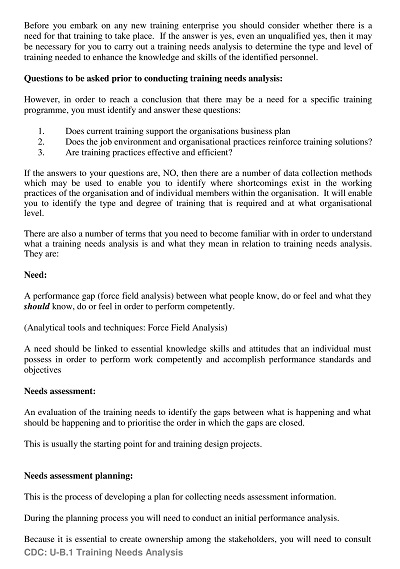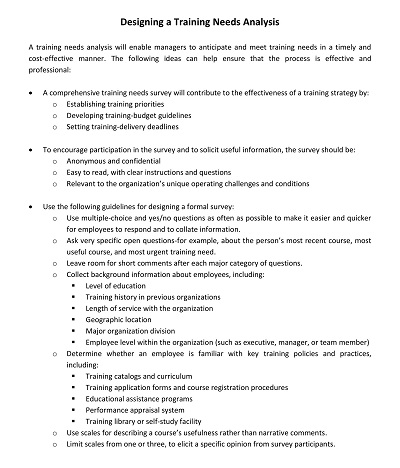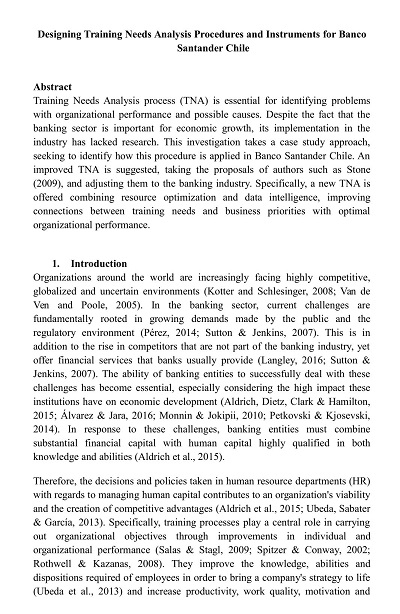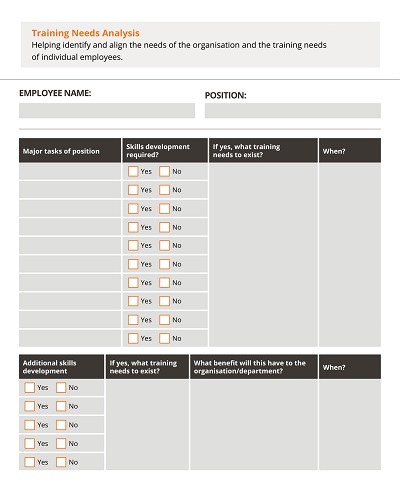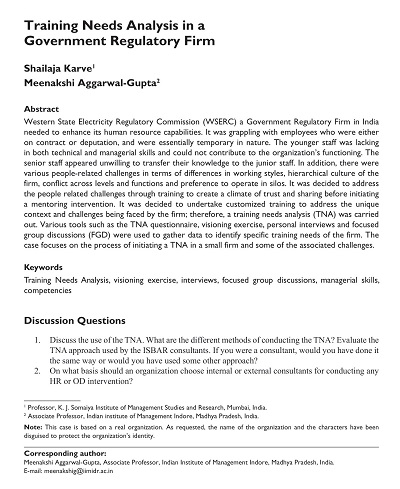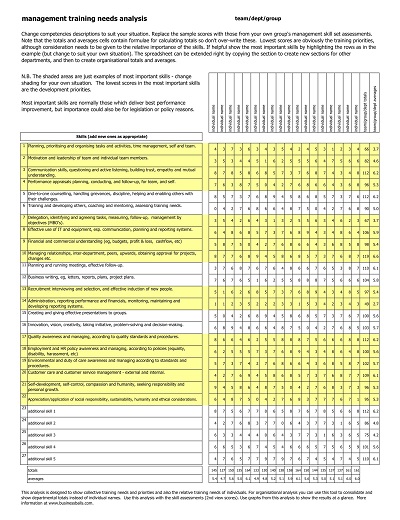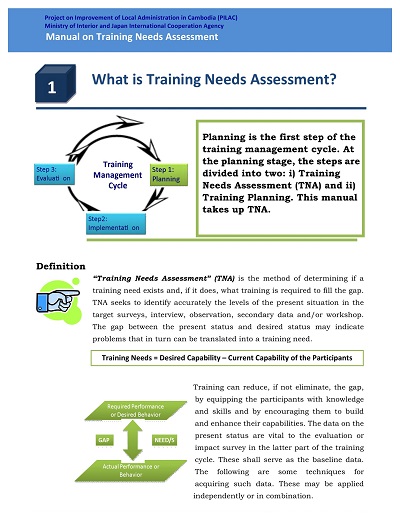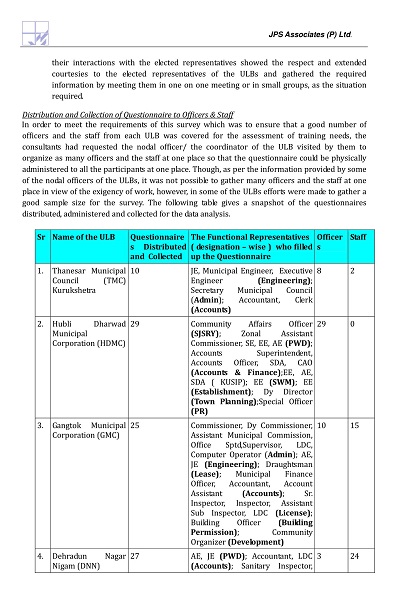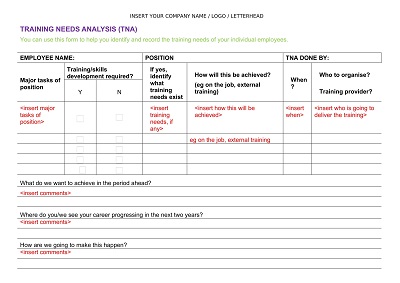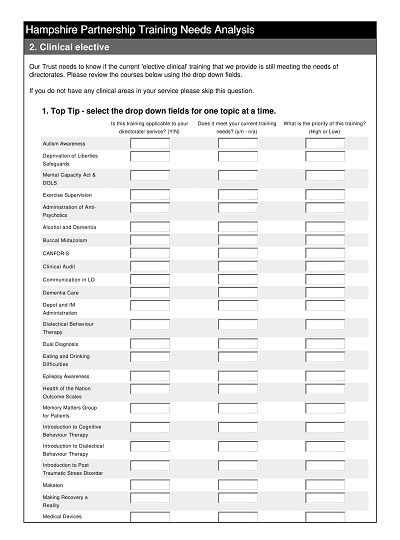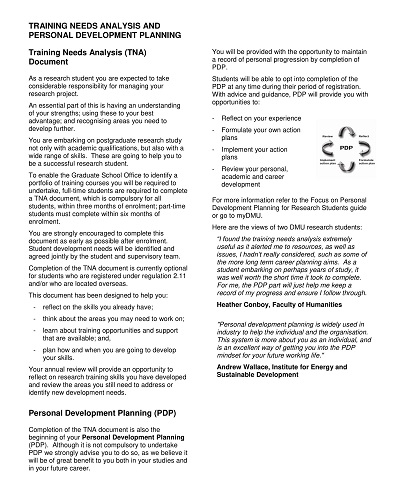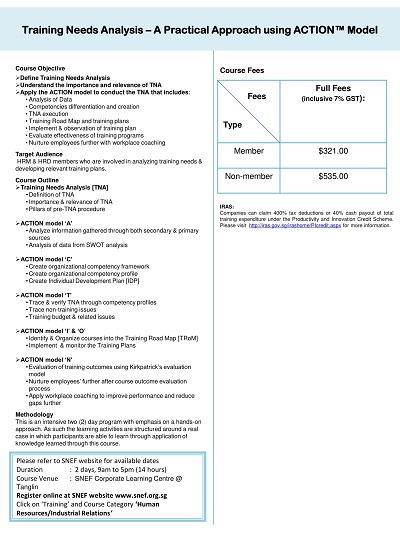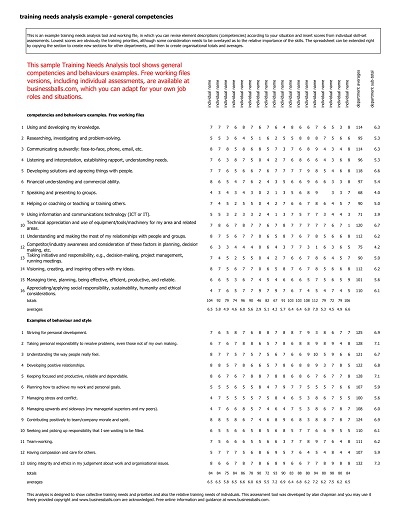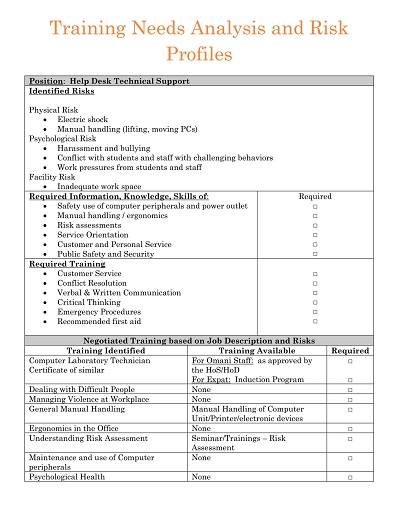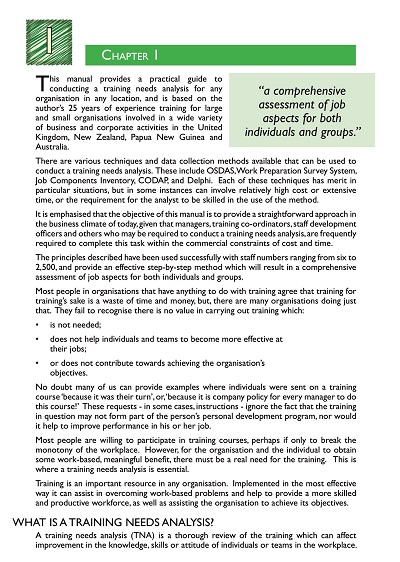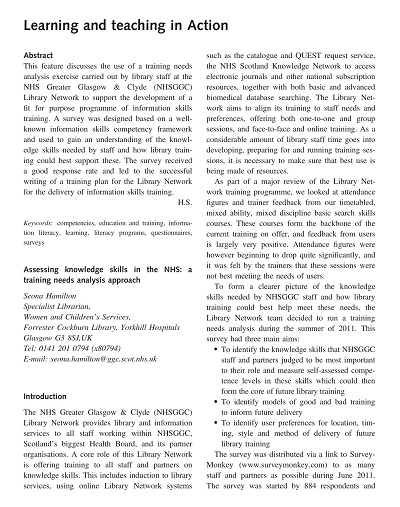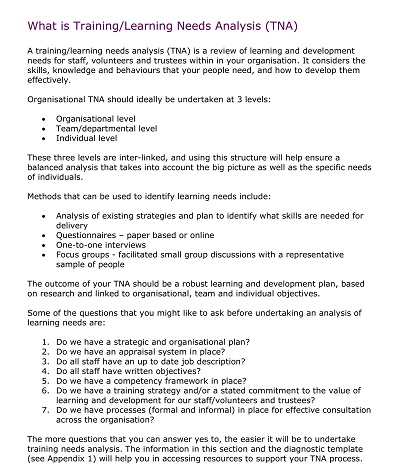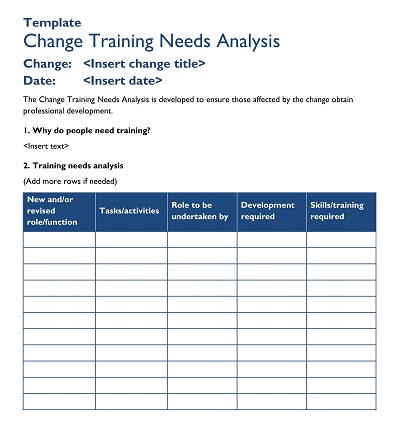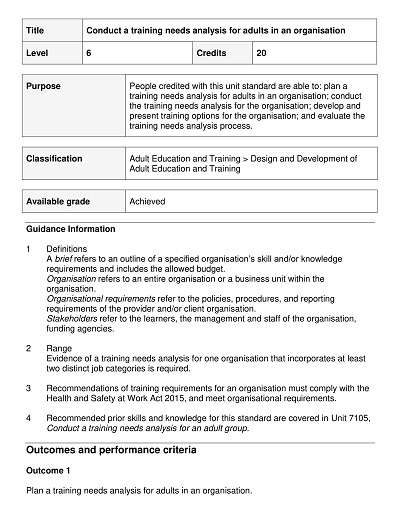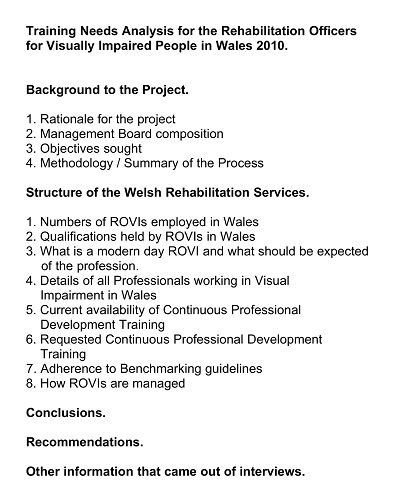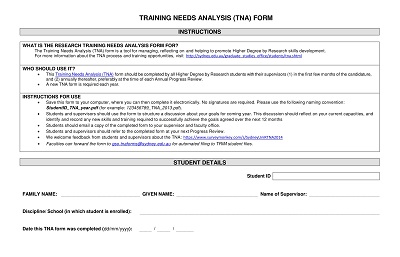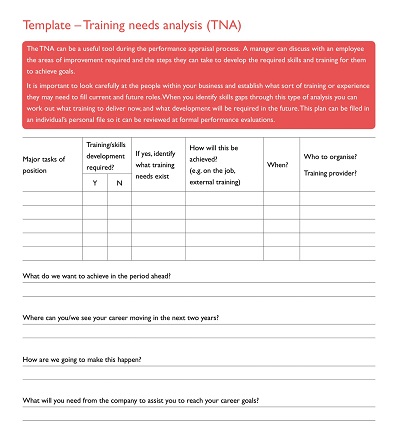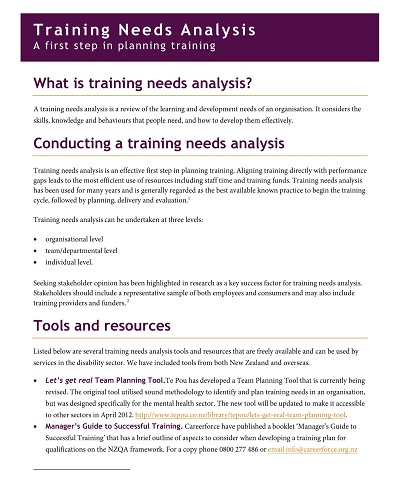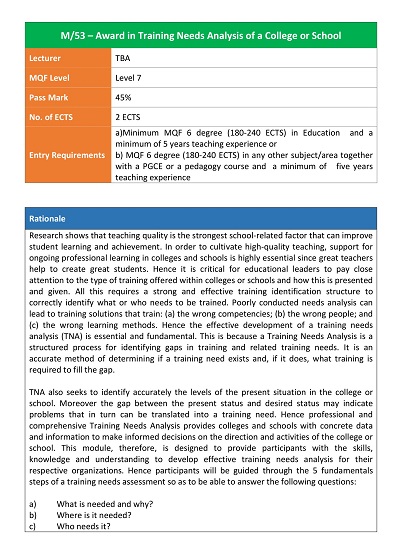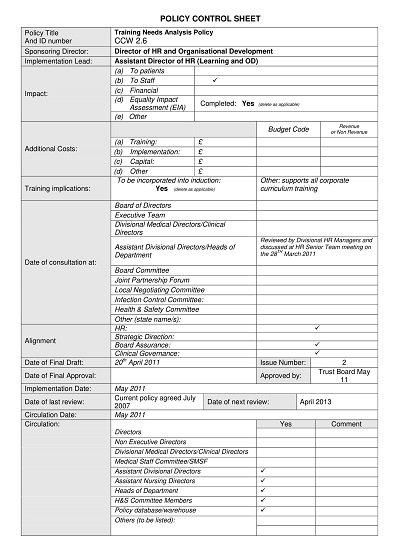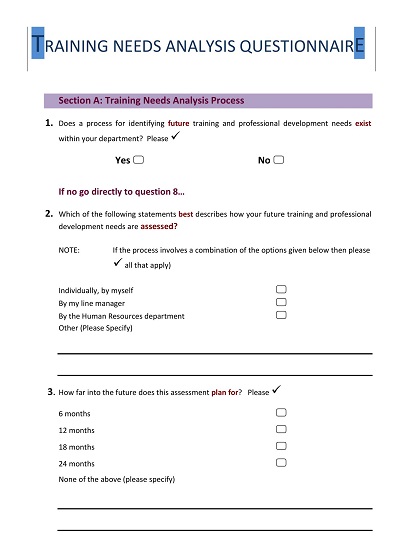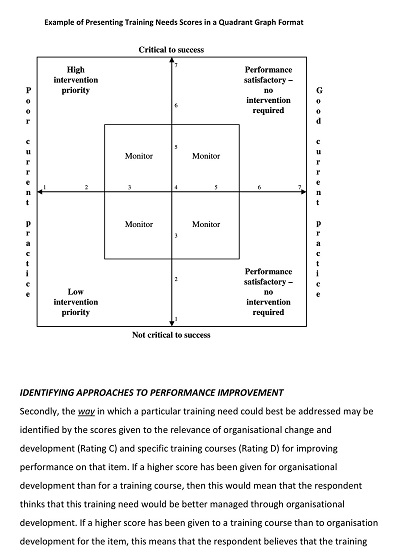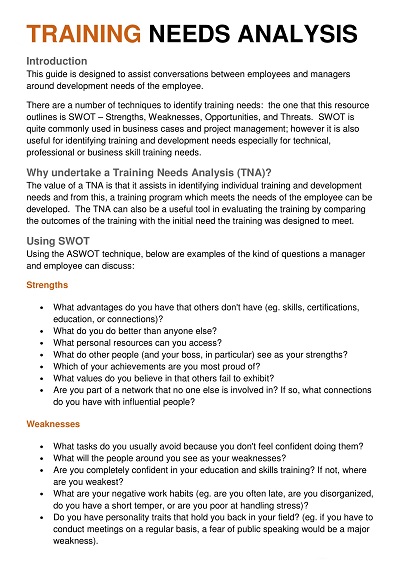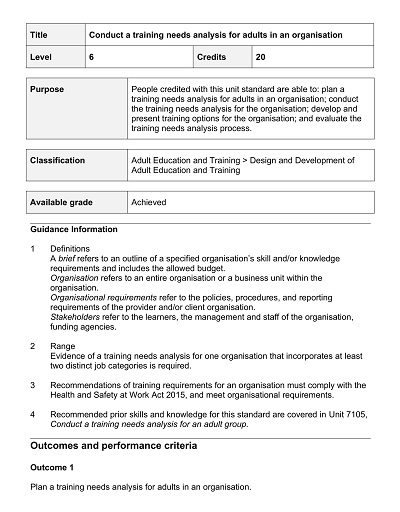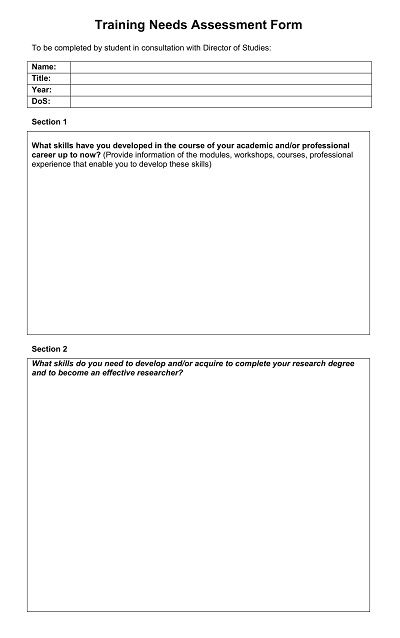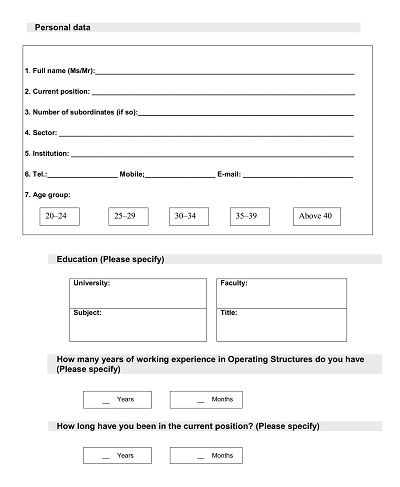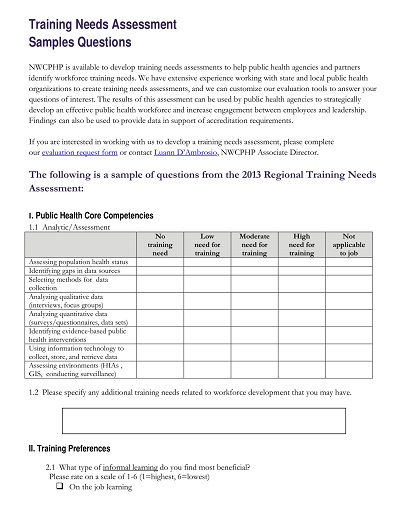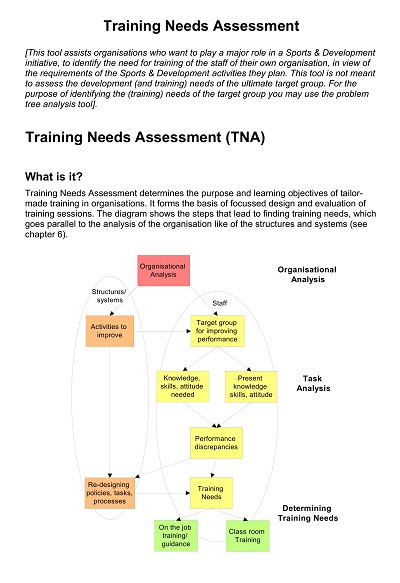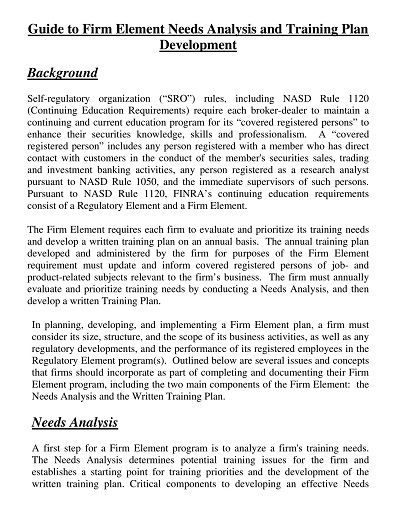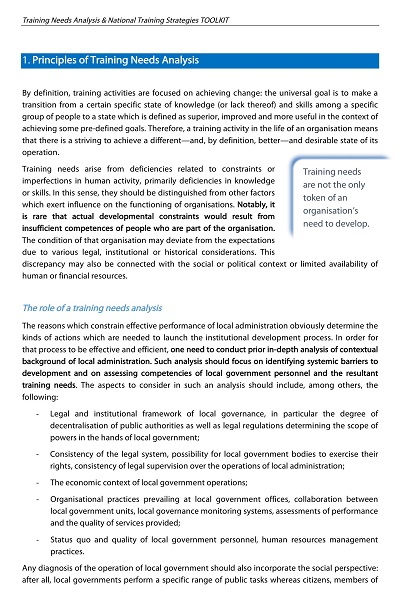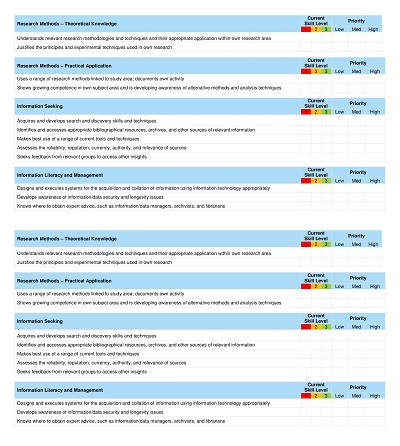60+ Free Examples Of Training Needs Analysis Templates (PDF, Word)
In today’s fast-paced environment, every organization must continuously invest in its employees’ growth and development. One of the most effective ways to do this is through a Training Needs Analysis (TNA) process. As the name suggests, TNA helps identify the skill gaps within the organization and provides a roadmap for employee training and development.
While every organization is unique and may have different requirements, having a Training Needs Analysis template can make the process more structured and efficient. The suitable TNA template will help you cover all the necessary aspects and ask the right questions to gain insights into your workforce’s current skills and competencies. This information can tailor effective training programs that help enhance employee skills, engagement, and retention.
Download Free Examples Of Training Needs Analysis Templates
Benefits of Training Needs Analysis
Training Needs Analysis is an essential process to identify the gaps in employees’ knowledge, skills, and abilities. It helps organizations design and deliver training programs that can enhance the performance and productivity of employees. An effective Training Needs Analysis gives a clear picture of employees’ current and desired performance levels.
This information can be used to tailor training programs that are relevant, useful, and engaging. By investing in Training Needs Analysis, companies can ensure that their employees are equipped with the necessary skills and knowledge to meet the demands of the ever-changing business environment. Ultimately, an efficient Training Needs Analysis benefits the employees and contributes to achieving the organization’s overall objectives.
Budgeting and Resource Allocation for Training Needs
In today’s increasingly competitive and ever-changing business landscape, it’s more important than ever for companies to invest in developing and training their employees. However, with limited resources and tight budgets, it’s important to prioritize and allocate those resources effectively. That’s where training needs analysis comes in.
By identifying the specific training needs of your organization, you can better budget and allocate resources to ensure that your employees are receiving the training they need to excel in their roles and drive business results. Investing in your employees in this way benefits your organization and helps create more engaged and motivated employees who are better equipped to succeed and grow with your company.
Key Steps in Conducting a Training Needs Analysis
A training needs analysis is crucial in developing an effective training program, ensuring that it meets the needs of both employees and the organization. The process involves systematically assessing the gaps between employee skills and the competencies required to perform their roles effectively. This can include analyzing job descriptions and performance data, conducting surveys and focus groups, and gathering manager feedback.
From this analysis, key training areas can be identified, and a plan developed to address these needs. By investing time and resources into a training needs analysis, organizations can ensure that their training programs are aligned with business goals, improve employee performance and job satisfaction, and ultimately drive success and growth.
Using Surveys and Questionnaires for Training Needs Analysis
Developing a robust and comprehensive training program requires a thorough understanding of the needs of your workforce. Investing in this process can help your employees thrive, excel in their roles, and create a thriving business. One effective way to acquire this information is through surveys and questionnaires, as they allow you to gather feedback concisely and structuredly.
Surveys provide a platform to evaluate employee perspectives, ideas, and input. By using questionnaires, you can gain detailed insight into the behaviors of employees and identify skills or areas where additional training could be beneficial. When developing a strategy for your employee training program, surveys and questionnaires are essential for a successful training needs analysis initiative.
How to Create a Training Needs Analysis Template
Training is vital for the success of any organization. However, before designing any training program, it is essential to conduct a Training Needs Analysis (TNA). A TNA helps identify the gap between the employees’ existing and desired skills and determine the organization’s training requirements. A TNA template streamlines the process of conducting and makes it much easier.
Define the Purpose of Training
The first step is to define the purpose of the training program and the target audience. Determine why training is necessary and what objectives it should achieve. For instance, it could enhance employees’ skills, improve productivity, or comply with regulatory requirements. Identify the job-related skills employees require to accomplish their work efficiently, which will assist you in developing a meaningful TNA.
Identify the Training Needs
The next step is identifying the essential skills employees need to perform their job functions effectively. You can use various methods like surveys, focus groups, interviews, or observation. This step lets you gather information about gaps in knowledge, skills, or abilities. With this information, you can determine what training programs are required and how to improve productivity and engender more significant employee satisfaction.
Develop a Training Needs Analysis Template
A TNA template is a useful tool for making the process of conducting a TNA more structured and organized. A TNA template includes several components, such as identifying the training needs, determining the methods of delivery and the resources needed, scheduling the delivery of training, evaluating the training program’s effectiveness, and recording progress. You can either develop your template or search online for pre-built templates. Customize the template to meet your organization’s unique needs.
Implement the Training Needs Analysis
After developing the template, it’s time to implement it. The TNA’s success lies in consistently and uniformly administering its components. Establish a procedure for implementing the TNA so that it is implemented correctly. Communicate with employees to ensure they are aware of the TNA procedure. Provide a timeline for completing the analysis, delivery of training, and evaluation.
Evaluate the Effectiveness of the Training Needs Analysis
After successfully implementing the TNA, it is necessary to evaluate its effectiveness. Conducting an Evaluation post-training program will provide valuable insight into what worked, what didn’t, and what changes need to be implemented. You can determine the strengths and weaknesses of training programs through an effective training evaluation.

